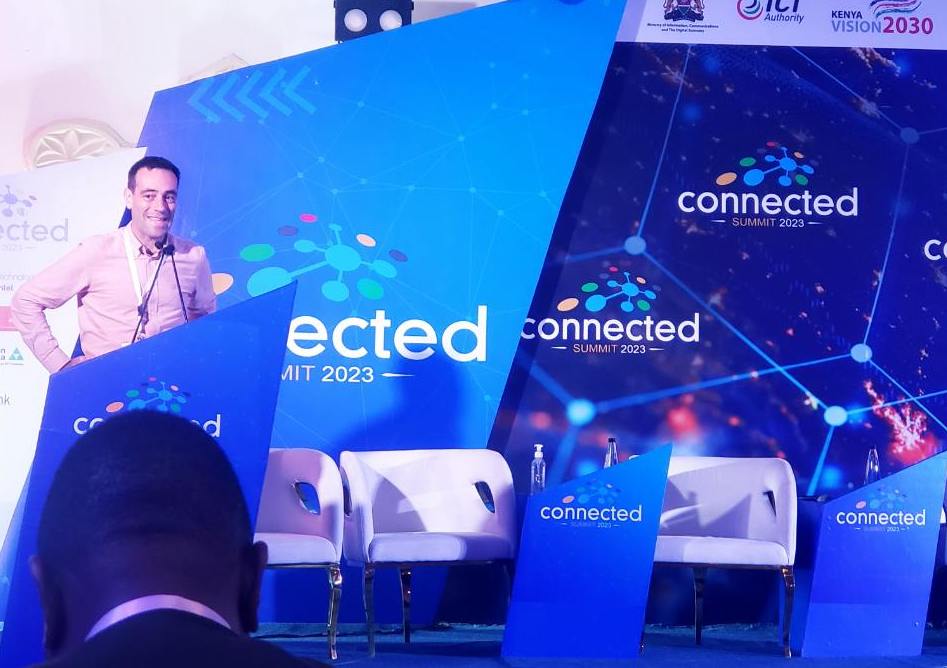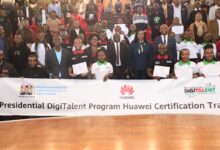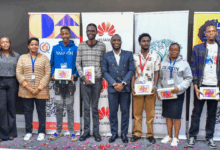Huawei roots for cloud and solar tech to scale up forest conservation in Kenya

Huawei Technologies has announced plans to scale up the use of cloud and solar technology to deepen environmental conservation in Kenya. This comes at a time when the country is determined to expand the national forest cover to 10 per cent from the current 7.2 percent by 2030 by planting nearly 2 billion tree seedlings.
Speaking at the just concluded Connected Summit 2023 in Kwale County, Adam Lane, Huawei Kenya’s Deputy CEO Government Affairs, stated that modern technology is capable of boosting the overall conservation efforts with clear data that can be used for prevention of further destruction.
“Artificial Intelligence (AI) -powered acoustics solutions deployed in tree canopies can detect the sounds of chainsaws and trucks associated with illegal logging in rainforests and send real-time alerts to rangers in the field,” he explained noting that while technology underpins nature conservation, suitable partnerships between technology players, conservationists and governments will deliver the results.
In addition, infrared camera technology analyzed by cloud AI, for example, is helping to track and monitor species that are close to extinction. Lane pointed out that there is a clear growing momentum and buy-in from the conservation community to use more technology but also to develop and create new ways it can be applied. The appropriate deployment of technology will help ensure more sustained benefits from its application to achieve fair and effective conservation action
This includes initiatives such as the use of AI and big data analytics powered by Huawei Cloud to monitor biodiversity and protect ecosystems around the world. By harnessing the power of sound, conservationists are able to track thousands of species globally and automatically detect the presence of illegal activities. It works by building weather-resistant sensors hidden inside different parts of the forest and upload all the sounds recorded to a cloud-based server and can detect illegal logging over a kilometer away.
“For nature conservation, we must develop solutions that can understand the world’s ecosystems and form the basis of effective protective measures. With our partners, including the International Union for Conservation of Nature (IUCN), we have been developing solutions under our Tech4Nature and TECH4ALL initiatives to make this possible in ecosystems around the world, from rainforests, mountains, and plateaus to wetlands, rivers, and oceans,” said Lane.
He also outlined the role of solar technology in boosting conservation efforts, stating that solar power can be a productive use of otherwise unproductive land such as hills or deserts. It is also capable of being used to provide affordable and green power to boost local industries and power irrigation for local agriculture.
These include the range of Smart PV and Energy Storage Solutions, for residential and commercial usage, equipment like inverters and Energy Storage Systems (ESS) for households and Commercial & Industrial (C&I) solar solutions for enterprises, which contribute to reduced power consumption costs by as much as 30 per cent. As of March 31, 2022, Huawei had helped customers generate 535.9 billion kWh of green power, save 16.2 billion kWh of electricity, and reduce carbon dioxide emissions by 260 million tons, which was equivalent to planting 360 million trees.
“Climate change has now become a huge roadblock for social development so we need to move faster towards low-carbon development and green growth models, protect the environment and promote green economic recovery,” said Lane.
Follow us on Telegram, Twitter, and Facebook, or subscribe to our weekly newsletter to ensure you don’t miss out on any future updates. Send tips to info@techtrendske.co.ke




